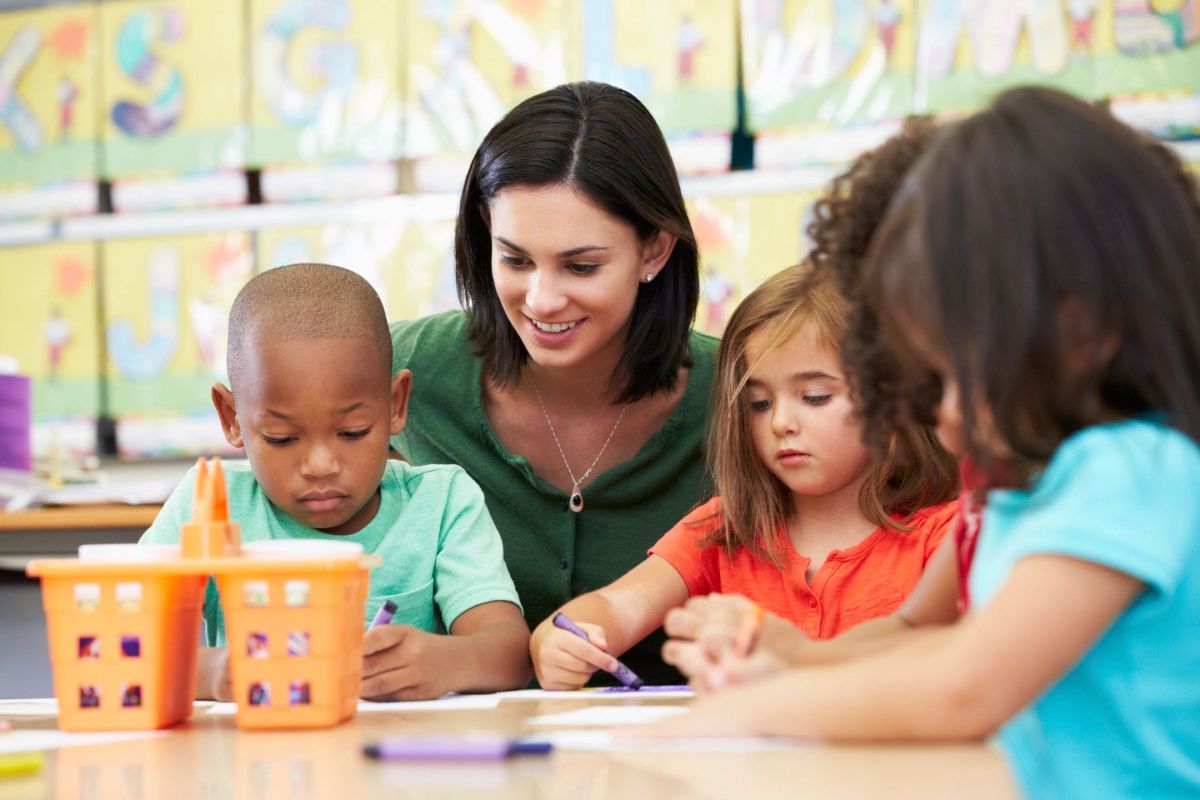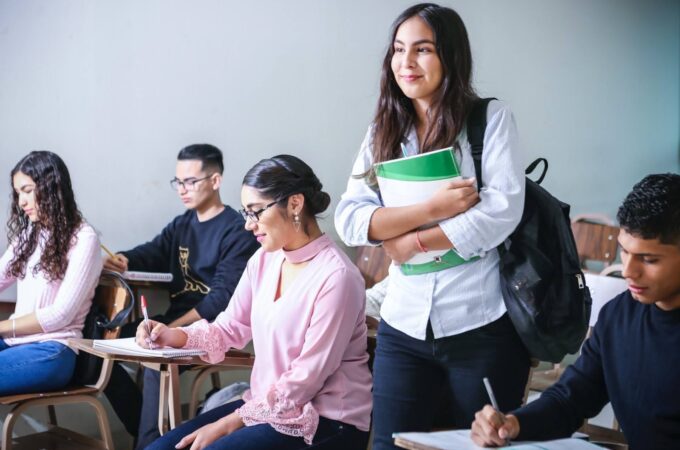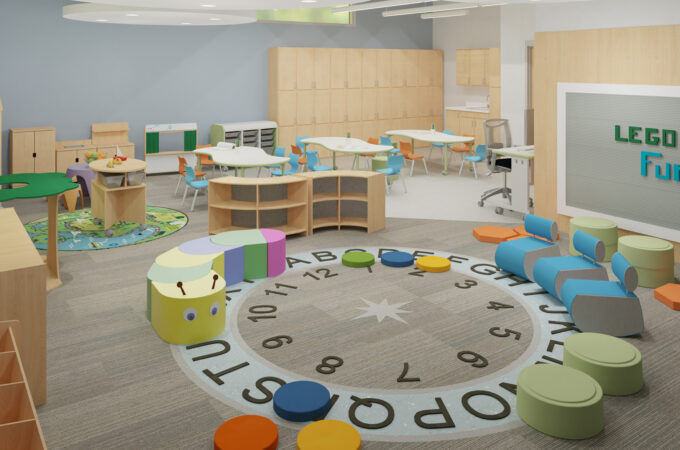
Tech in Education: From Kindergarten to Associate Degree
Technology is transforming every aspect of our lives, and this is as true in education as it is in business or retail. For example, public schools across the US provide at least one computer device for every five students, and that ratio is climbing, along with the amount of money invested in educational digital content, which passed the $3bn mark in 2016.
The year 2016 was significant as it marked the point at which more standardized tests in elementary and middle grades were delivered through technology than with pen and paper. Those sweeping changes are affecting every individual going through the US education system, from those kids starting out in kindergarten classes to students taking an associate degree at Bryant & Stratton.
In fact, the growth of technology in education has been so rapid that parents, teachers and school administrators have had to adapt increasingly quickly. Here are just a few of the ways that new tech is shaping education in the US.
Personalized learning

Every student is different, and so the ideal education system would deliver an education that is tailored exactly to meet the needs, learning styles, strengths and weaknesses of each individual student. Traditional teaching methods make that impossible, and the high student-teacher ratio in the US means that teachers have little chance to tailor their teaching.
However, technology, in the form of digital devices, software, typing practice for kids and learning platforms, is opening up the possibility of truly effective personalized learning. In many school districts, students are being offered their own computing devices, enabling them to learn at their own pace, backed up by learning management systems and information software that tracks their progress, manages their learning schedule and gives them assignments. This software is increasingly sophisticated and able to adapt to the particular learning needs of an individual student, enabling much more efficient learning.
Digital uptake
Schools across the US are increasingly moving towards providing their students with their own digital device. The use of iPads, Chromebooks and other digital devices has risen dramatically over the last five years, helped by the fact that state standardized tests are now delivered online. The aim of giving students access to digital technology is not only to enable teachers to provide a more tailored education, but also to help students become more adept at the use of technology. The increasing use of digital devices also makes communication and administration easier.
Blended learning

One interesting approach to utilizing technology is the blended learning strategy. Blended learning mixes traditional teaching methods with technology-powered teaching. There are many ways to implement blended learning, but they all usually involve students rotating between online and in-person teaching sessions, enabling teachers to deliver lessons in small groups, which is more effective than with large classes. Blended learning is often combined with online learning outside school, and many schools are using this as a stepping stone to a more technology-focused education provision, enabling teachers, parents and administrators to adjust to the digital possibilities.
Online testing
As mentioned above, online testing is now the most used method across the US, and while there have been teething problems in some regions, the benefits of this technology are huge. By switching to online testing, educational establishments and state governments are able to make huge savings in terms of testing administration and marking. Online testing also offers the possibility of setting students more complex tasks that will be better at testing their ability to thrive in the digitallypowered workplaces of the future than traditional paper and pen examinations.
Open digital education

Another option for schools across the US is the use of open digital education resources, which are licensed to offer free use, revision and sharing by educational establishments. The Department of Education has encouraged school districts to move towards this type of learning resource, and states such as New York and Utah have been among the first to developing comprehensive open resources, which often provide better value for money for schools than making expensive purchases of digital equipment. This technology also makes it possible for teachers to tailor their lessons and provides opportunities for teachers across the US to collaborate effectively.
Technology has the potential to transform the way that our children learn, offering tools to provide them with a more tailored learning experience and to better equip them to cope with the digitallypowered workplaces and society of the future.




